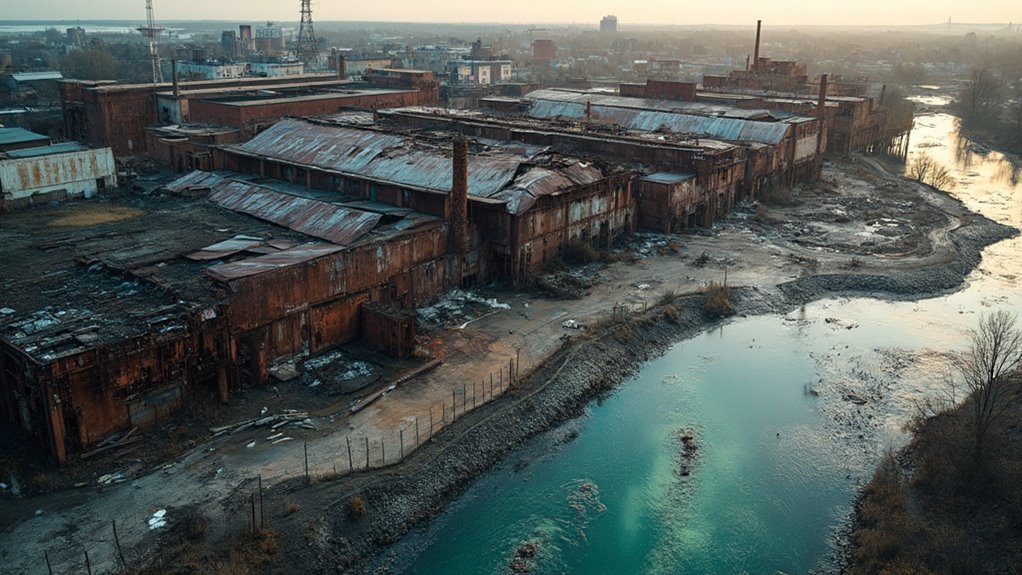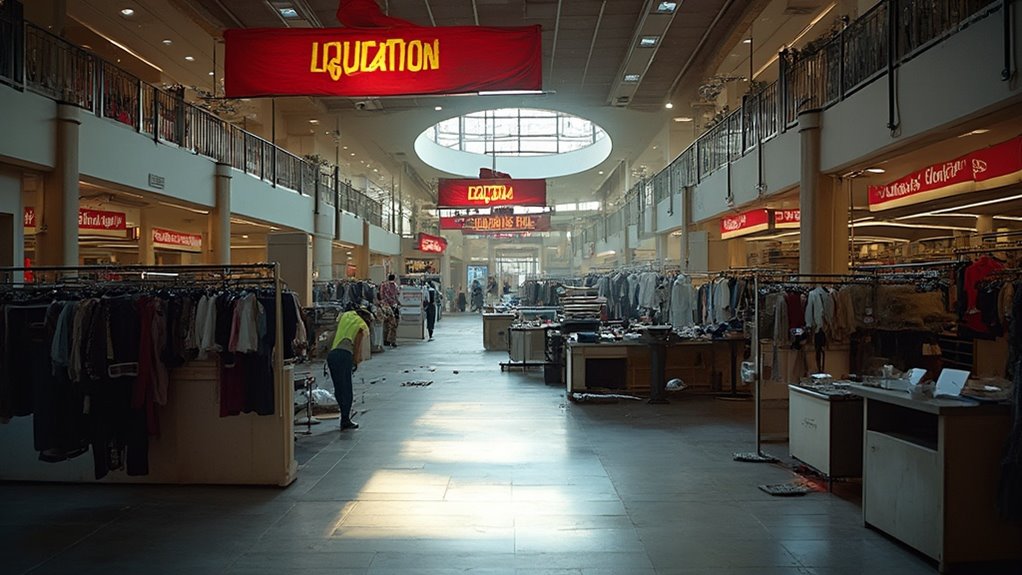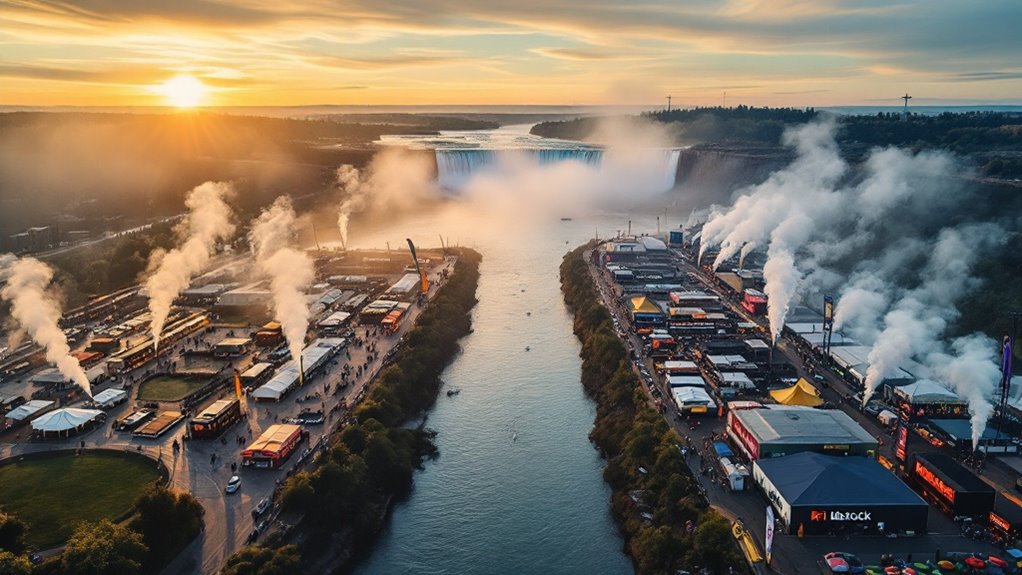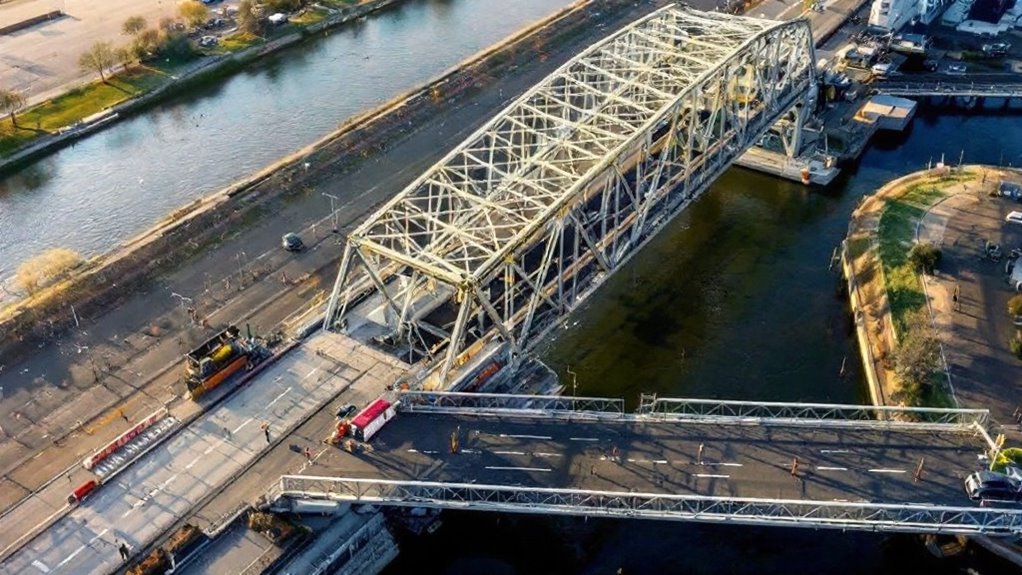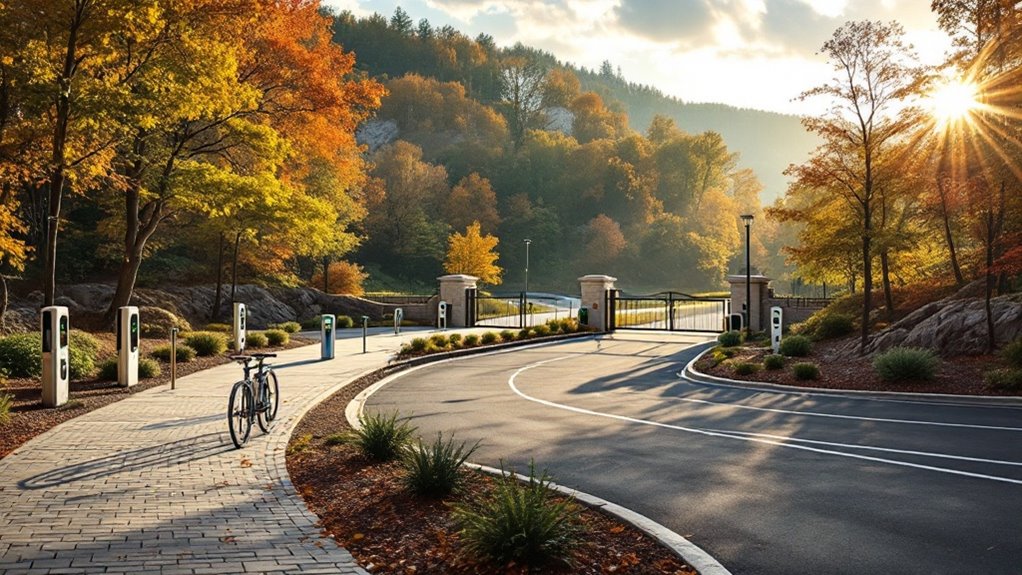Outrage is growing in St. Catharines as residents continue to demand cleanup of the former General Motors site contaminated with dangerous chemicals. Tests show PCBs, heavy metals, and petroleum hydrocarbons at levels up to 1,100 times higher than provincial guidelines. These toxins are leaking into Twelve Mile Creek, raising serious health concerns.
Toxic chemicals at 1,100 times legal limits leach into local waterways from abandoned GM site, endangering community health.
The Coalition for a Better St. Catharines has collected over 2,000 signatures on a petition calling for immediate action. The group formed after years of what they describe as government inaction and lack of transparency. They’ve funded independent environmental testing to prove the severity of the contamination.
Residents worry about exposure to cancer-causing chemicals, visible debris, and potential asbestos. The site remains unsecured, with reports of trespassers accessing the hazardous property. Many blame the city for not using its powers to force cleanup.
City officials have been criticized for siding with GM to keep environmental reports secret. They’ve allocated $40,000 for legal advice and hired security to monitor the site. The city is now prosecuting the landowner for building and fire code violations but hasn’t forced thorough environmental remediation.
The Ontario Ministry of Environment, Conservation and Parks conducted limited testing in 2020-2021, but no Human Health Risk Assessment has been performed. This lack of extensive investigation has frustrated residents who feel their health concerns aren’t being taken seriously. Families like Melinda Lortie’s have become vocal advocates for corporate accountability in the face of these industrial contamination impacts.
Despite the contamination, the site was rezoned for mixed-use residential development in 2020. A $250 million redevelopment plan announced in 2014 stalled after Bayshore Groups abandoned the project following partial demolition. Movengo Corp. later took over but reportedly isn’t willing to pay for critical environmental studies.
The situation raises questions about the “polluter pays” principle and GM’s responsibility for the contamination. As toxins continue to migrate off-site, residents are demanding answers about who will clean up the dangerous legacy left behind at the former industrial property.
Community concerns like this highlight the lasting impact of industrial activity across the region. Stay informed about ongoing environmental issues and local responses on Marketplace Niagara.
